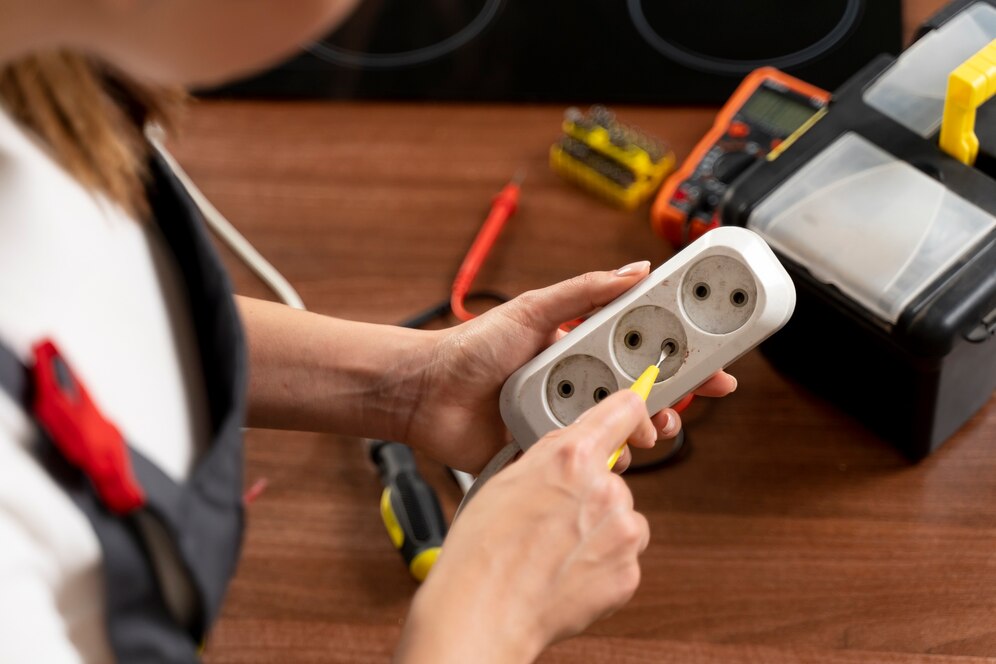The term “arc fault” carries a foreboding tone in the realm of electrical systems, and for good reason.
Understanding Arc Faults An arc fault arises when electrical wiring, appliances, or devices become excessively heated, damaged, or stressed. These faults are frequently triggered by aged wiring developing cracks or frays, circuit overloads, or punctures from screws or nails penetrating wires within walls.
Arc faults present a significant electrical hazard, contributing to over half of the nearly 51,000 electrical fires reported annually in the United States. These fires result in approximately 1,000 injuries and fatalities, along with property damage exceeding $700 million.
Introducing AFCIs This underscores the critical importance of incorporating arc-fault circuit interrupters (AFCIs) in your home’s electrical system. As their name suggests, AFCIs “interrupt” arc faults, preventing potentially hazardous scenarios from escalating. Positioned within the electrical panel, AFCIs operate like standard breakers but offer enhanced protection. They are designed to trip, or deactivate electricity flow, upon detecting a hazardous condition, often identifiable by a distinct-colored button near the breaker handle.
Preventative Measures for Electrical Safety Since 2002, the National Electrical Code has mandated AFCIs for bedroom wiring, expanding their requirement in 2008 to include wiring in other areas like living rooms, dining rooms, family rooms, hallways, and closets.
However, what about areas with heightened electrical risks due to water exposure, such as kitchens, bathrooms, laundry rooms, and garages? These spaces are safeguarded by ground-fault circuit interrupters (GFCIs). Differentiating between AFCIs and GFCIs is crucial, as confusion often arises between the two.
According to the U.S. Consumer Product Safety Commission, AFCIs could prevent over 50 percent of residential electrical fires annually. Despite code requirements, it’s possible that your home lacks AFCI protection. In such cases, consulting a licensed local electrician, like those at Experts In Your Home, for a thorough inspection of your electrical panel is prudent. Installation of AFCIs demands expertise to ensure accuracy and mitigate risks.
Furthermore, view our visit as an educational opportunity in your electrical knowledge journey. At Experts In Your Home, sharing insights with our customers remains a rewarding aspect of our service.
Distinguishing AFCIs from GFCIs GFCIs gained prominence in the 1960s to shield individuals from electrical shocks resulting from ground faults in tools or appliances. This risk was particularly prevalent in moisture-prone areas like kitchens, bathrooms, and laundry rooms. Conversely, AFCIs safeguard branch circuit wiring from igniting electrical fires.
To optimize safety, combining AFCI protection for wiring with GFCI protection for individuals is advisable. Incorporating AFCI circuit breakers alongside GFCI outlets ensures comprehensive safety measures, aligning with the standards upheld by Experts In Your Home.

